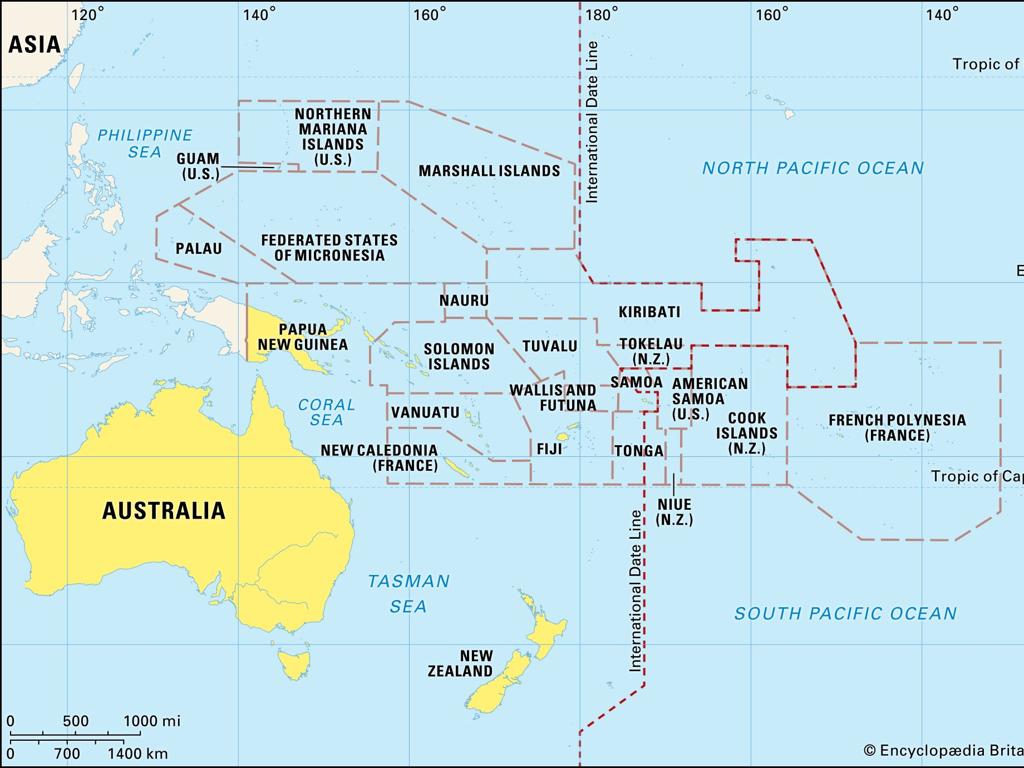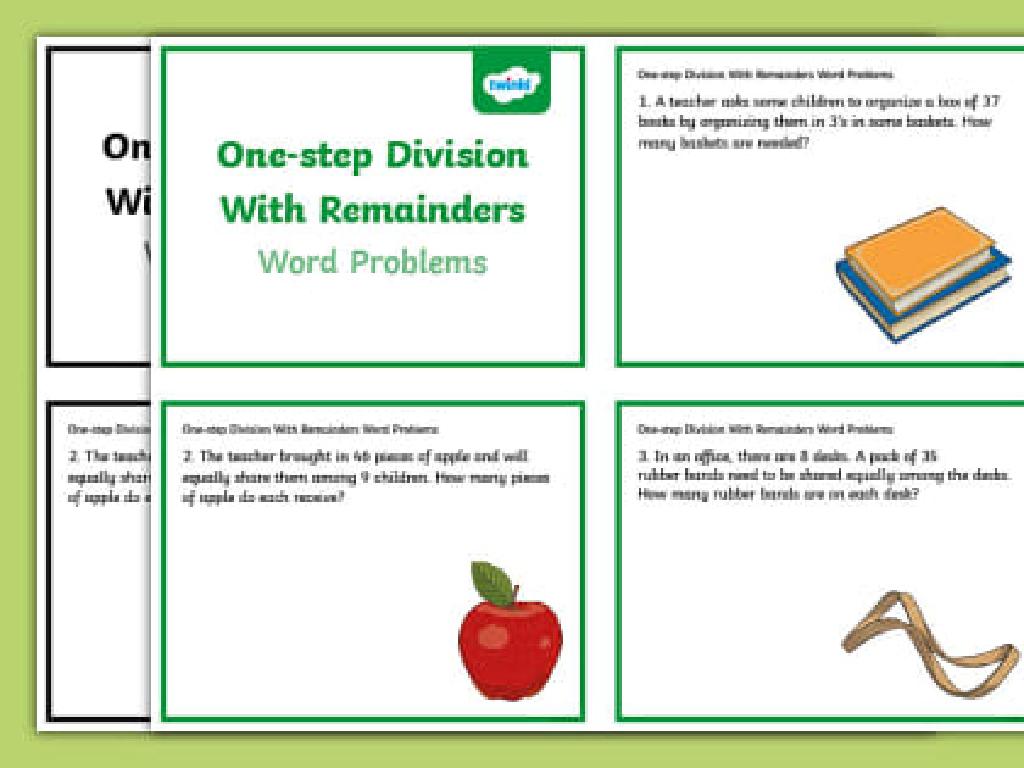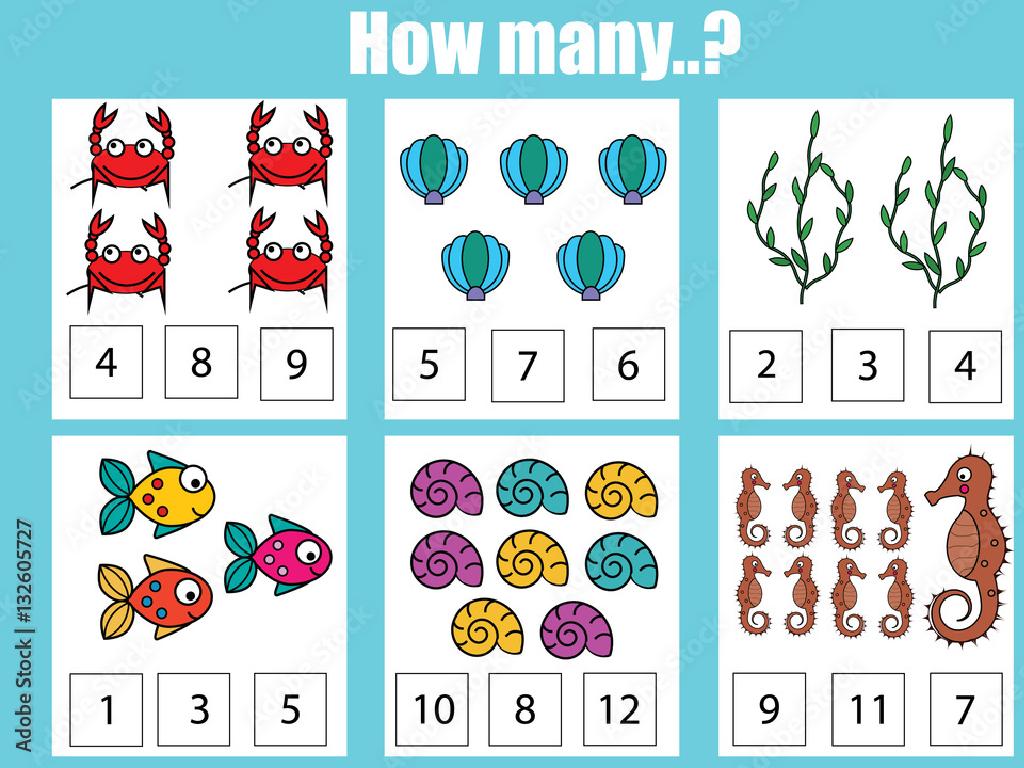Washington'S Presidency: Part Ii
Subject: Social studies
Grade: Seventh grade
Topic: The Early Republic
Please LOG IN to download the presentation. Access is available to registered users only.
View More Content
Washington’s Presidency: Challenges and Policies
– Recap of Washington’s First Term
– Today’s Focus: Challenges Faced
– Discuss issues like Whiskey Rebellion, foreign affairs
– Washington’s Key Policies
– Explore the Neutrality Proclamation, Hamilton’s financial plan
– Significance of His Decisions
– How these decisions shaped the future of the U.S.
|
Begin with a brief recap of the first part of Washington’s presidency to refresh students’ memory. Then, transition to the main focus of today’s lesson, which is to understand the various challenges Washington faced during his presidency, including domestic uprisings and international tensions. Highlight key policies such as the Neutrality Proclamation, which set a precedent for American foreign policy, and Alexander Hamilton’s financial plan, which laid the foundation for the nation’s economy. Emphasize the lasting impact of Washington’s decisions on the development of the United States. Encourage students to consider how these early decisions continue to influence the country’s direction today.
Domestic Challenges During Washington’s Presidency
– The Whiskey Rebellion
– 1794 protest against tax on whiskey, showed strength of federal government
– Creation of the National Bank
– Hamilton’s plan, 1791, to stabilize US economy and manage debt
– Struggle for a balanced budget
– Efforts to reduce national debt while funding government operations
|
This slide addresses the significant domestic challenges faced by President George Washington. The Whiskey Rebellion of 1794 was a critical event where farmers protested a new tax on whiskey; it was a test of the new government’s authority and its ability to enforce law. The creation of the National Bank in 1791, as part of Alexander Hamilton’s financial plan, was a pivotal step in stabilizing the fledgling nation’s economy and managing its war debt. The struggle for a balanced federal budget involved making difficult decisions on spending and taxation to reduce the national debt while ensuring the government could function effectively. These challenges were crucial in shaping the role of the federal government in the early years of the Republic.
Washington’s Foreign Policy
– Emphasis on neutrality
– Avoiding alliances kept U.S. at peace
– Jay’s Treaty overview
– 1794 treaty addressed issues with Britain and averted war
– Controversy of Jay’s Treaty
– Criticized for favoring Britain over France
– Pinckney Treaty with Spain
– 1795 treaty established friendly U.S.-Spain relations, navigation rights
|
This slide delves into the complexities of George Washington’s foreign policy during his presidency. Emphasizing neutrality was key to maintaining peace and allowing the young nation to grow without the entanglement of European conflicts. Jay’s Treaty, though it managed to avoid war with Britain, was seen by many as too conciliatory to British interests, especially by those who supported France. The Pinckney Treaty, on the other hand, was well-received as it secured navigation rights on the Mississippi River and allowed for the peaceful resolution of territorial disputes with Spain. Encourage students to consider the long-term effects of these treaties on American diplomacy and the nation’s development.
The Farewell Address of President Washington
– Washington’s choice to step down
– Valued a peaceful transfer of power and warned against long-term political parties.
– Highlights from the Farewell Address
– Urged for unity, warned against foreign alliances, and political factions.
– Influence on U.S. policy
– Shaped neutrality policies and two-term tradition for presidents.
– Setting a presidential precedent
|
George Washington’s decision not to seek a third term as president was a significant moment in American history, setting a precedent for future presidents. His Farewell Address, written with the help of Alexander Hamilton, outlined his vision for the future of the country, emphasizing national unity and warning against the dangers of political parties and foreign entanglements. This address has had a lasting impact on U.S. policy, influencing the country’s approach to international relations and political norms. In class, discuss the reasons behind Washington’s decision and explore how his advice has been heeded or ignored in subsequent administrations.
Washington’s Enduring Legacy
– Washington’s presidential precedents
– Established the Cabinet system, two-term limit
– Influence on U.S. political system
– Promoted neutrality, shaped executive role
– Washington’s impact in modern times
– His decisions echo in current governance
– Reflect on Washington’s legacy
|
This slide aims to encapsulate the lasting influence of George Washington on the presidency and the political system of the United States. Discuss how Washington set the stage for future presidents by establishing the Cabinet system and the tradition of serving only two terms. Highlight his commitment to neutrality in foreign affairs and how he defined the executive role, which continues to shape the office today. Encourage students to reflect on how Washington’s decisions and policies are still relevant and influential in the current political landscape. Ask them to consider how his legacy can be observed in today’s government and society, fostering a connection between historical foundations and contemporary issues.
Role-Play Activity: Washington’s Challenges
– Divide into groups for role-play
– Each group picks a Washington challenge
– Examples: Whiskey Rebellion, forming the Cabinet
– Present Washington’s response
– Discuss alternative solutions
– Think from a different perspective
|
This class activity involves students actively by having them role-play as key figures from George Washington’s presidency. Each group will select a significant challenge that Washington faced during his time in office, such as the Whiskey Rebellion or the creation of the first Presidential Cabinet. They will then act out how Washington responded to these challenges. After the presentations, lead a discussion where students reflect on Washington’s decisions and explore how they might have approached these challenges differently, encouraging critical thinking and a deeper understanding of the complexities of leadership during the early years of the United States.






